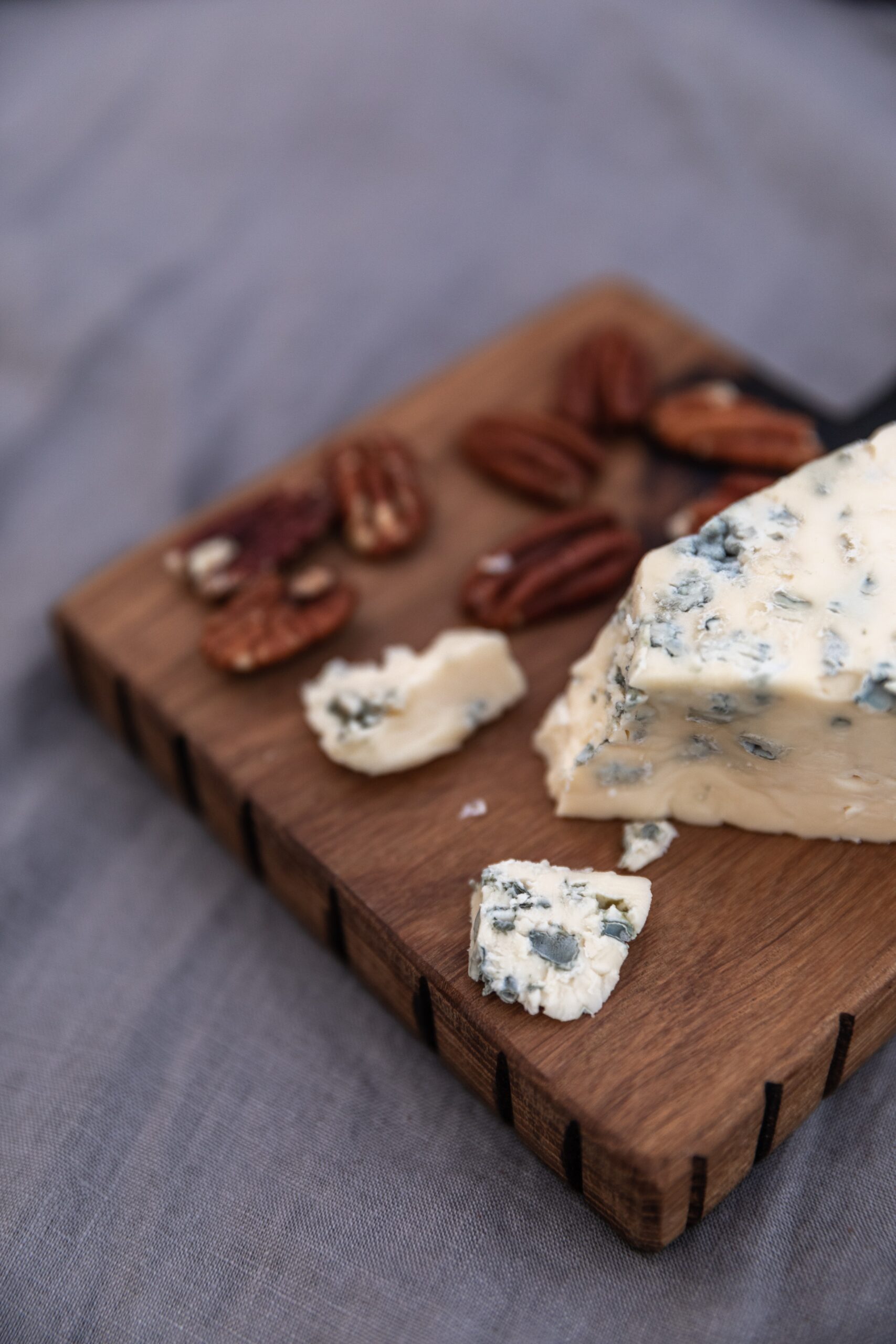
When it comes to cheese, there are few debates more hotly contested than the one between gorgonzola and blue cheese. Both of these tangy, crumbly varieties are prized for their unique flavor and texture, but what exactly sets them apart? In this post, we’ll explore the main differences between gorgonzola and blue cheese, and discover why each is a true standout in the world of cheese.
What’s the blue stuff in Gorgonzola Cheese?
First, let’s take a look at the mold that gives these cheeses their signature blue veins. Blue cheese is usually made with the penicillium glaucum mold, which creates the blue-green veins that give the cheese its distinct appearance. Gorgonzola, on the other hand, is made using the penicillium roqueforti mold, which creates blue veins that are a bit more prominent and distinct.
Try my favourite Blue Cheese Pasta Sauce: Recipe Here
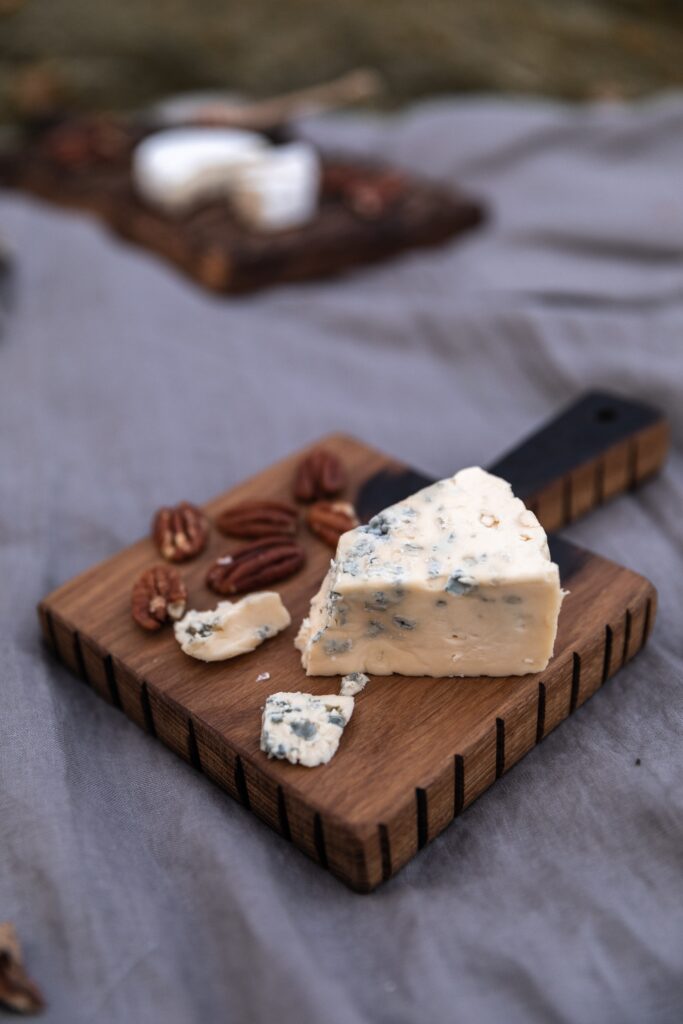
Is it safe to eat the mold in blue cheese?
Yes, it is safe to eat the mold in blue cheese. The blue or green veining in blue cheese is caused by a type of mold, typically Penicillium roqueforti or Penicillium glaucum. This mold is carefully cultivated and added to the cheese during the cheesemaking process. The cheese is then aged, allowing the mold to develop and flavor the cheese.
The blue cheese is safe to eat because the mold is not harmful when consumed in small amounts. In fact, blue cheese is a type of mold-ripened cheese, which means that the mold is a necessary and integral part of the cheese’s flavor and texture.
However, it is important to remember that some people may be allergic to mold, so it’s best to proceed with caution if you have a known mold allergy. Additionally, it’s important to always store blue cheese properly and to be mindful of its expiration date, as consuming expired blue cheese can be harmful. Read lower to see how to properly store your blue cheese.
Difference Between Gorgonzola and Blue Cheese
When it comes to taste, blue cheese usually has a saltier flavor profile, while gorgonzola has a more pungent, tangy taste. The type of milk used also plays a role in the flavor of the cheese. Blue cheese is usually made from unskimmed cow’s milk, while gorgonzola is made from a mixture of cow’s and goat’s milk.
Another key difference between gorgonzola and blue cheese is where they’re made. Blue cheese can come from a variety of regions and can be made in many different styles, but is usually associated with Stilton blue cheese, which hails from the UK. Gorgonzola, on the other hand, is a protected name and must be made in a specific region of northern Italy.
Salad Idea: Caramelized Pear & Blue Cheese Salad
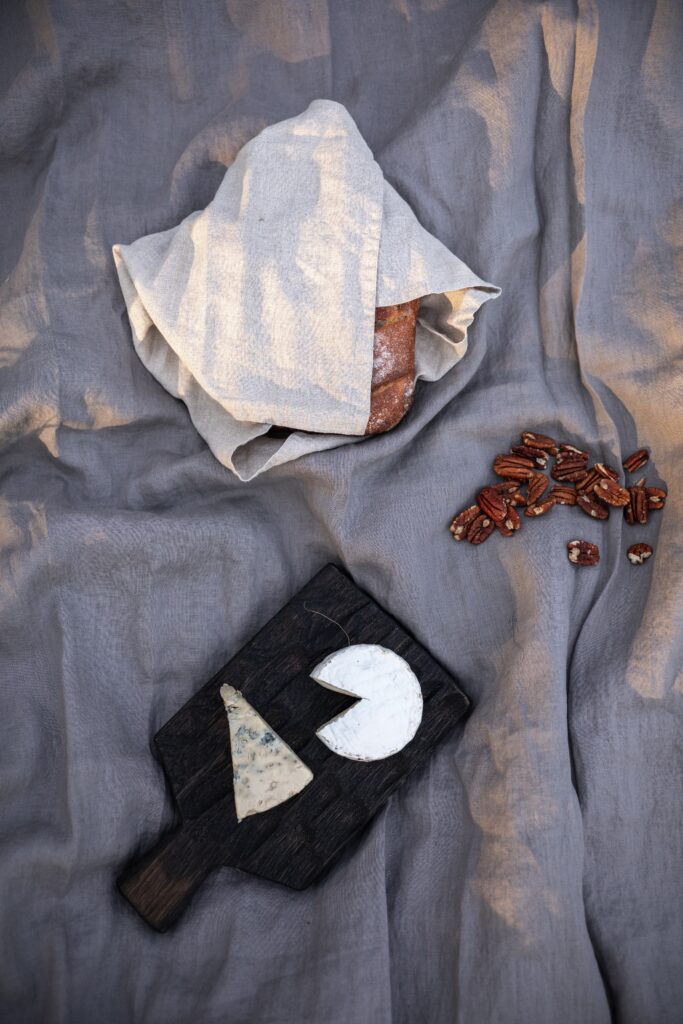
Main Varieties of Blue Cheese
There are many different types of blue cheese, each with its own unique flavor profile and texture. Some of the most popular types of blue cheese include:
Roquefort Blue Cheese
A sheep’s milk blue cheese from France, Roquefort is one of the oldest and most famous blue cheeses in the world. It has a sharp, tangy flavor and a creamy texture.
Gorgonzola Blue Cheese
This Italian blue cheese is made from a mixture of cow’s and goat’s milk and has a strong, pungent flavor. It is known for its greenish-blue veins and crumbly texture.
Stilton Blue Cheese
This English blue cheese is made from cow’s milk and is known for its rich, nutty flavor and creamy texture.
Danish Blue Cheese
This mild blue cheese is made from cow’s milk and is known for its creamy texture and mild flavor.
Maytag Blue Cheese
This American blue cheese is made from cow’s milk and is known for its sharp, tangy flavor and crumbly texture.
Fourme d’Ambert Blue Cheese
This French blue cheese is made from cow’s milk and is known for its mild, nutty flavor and creamy texture.
Cashel Blue cheese
This Irish blue cheese is made from cow’s milk and is known for its sweet, nutty flavor and creamy texture.
These are just a few examples of the many different types of blue cheese available. Each type of blue cheese has its own unique flavor and texture, so it’s worth trying a few different types to see which one you like best.
Can you substitute Gorgonzola for blue cheese?
Yes, you can substitute gorgonzola for blue cheese in many recipes. However, it’s important to note that gorgonzola and blue cheese have different flavor profiles, so the end result may taste a bit different. Gorgonzola has a stronger, tangier flavor compared to the saltier taste of blue cheese, so it may impact the overall flavor of the dish.
If you’re using the blue cheese for a salad dressing or a dip, gorgonzola can be a good substitute. However, if you’re using the blue cheese in a more delicate dish (like this salad recipe) where the flavor is meant to be subtle, you may want to consider using a milder blue cheese or trying a different cheese altogether.
Ultimately, the best substitute for blue cheese will depend on the specific recipe and your personal taste preferences. If you’re not sure which cheese to use, try experimenting with a small amount of gorgonzola first to see if it will work for your dish.
Is Blue Cheese Gluten Free?
Most blue cheeses are naturally gluten-free as they are made from dairy products such as milk, cream, and salt, which do not contain gluten.
However, it is important to double check the label of any processed or packaged blue cheese products to ensure that they are indeed gluten-free, as some manufacturers may add other ingredients such as stabilizers or preservatives that contain gluten.
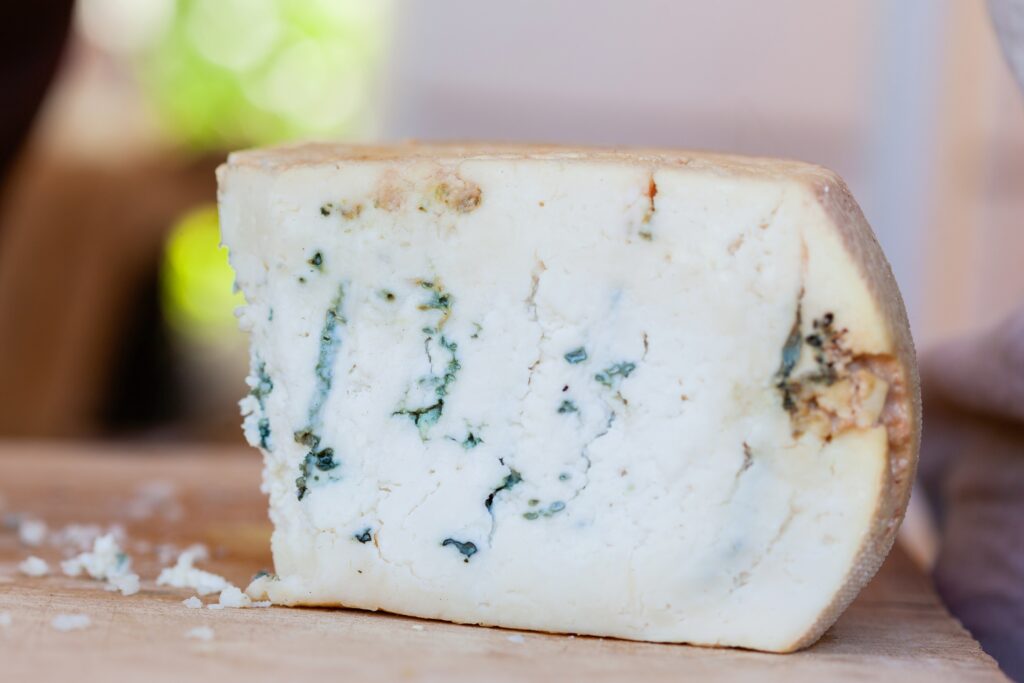
How to properly store blue cheese
To store blue cheese properly and keep it fresh for as long as possible, follow these steps:
- Wrap the cheese tightly: Wrap the cheese tightly in plastic wrap or aluminum foil to prevent air from getting in. This will help to slow down the growth of mold and bacteria.
- Store in the refrigerator: Store the cheese in the refrigerator, preferably in the cheese compartment or the vegetable crisper, which are usually the coolest parts of the fridge.
- Avoid exposing to air: If the cheese is cut, be sure to wrap the cut surface tightly to prevent it from drying out and to minimize the growth of bacteria.
- Use within a few weeks: Blue cheese will keep for a few weeks in the refrigerator when stored properly. If you have an opened package of blue cheese that you are not using, be sure to use it within a few weeks.
- Consider vacuum sealing: Vacuum sealing the cheese can help to preserve its freshness for a longer period of time.
It’s important to note that blue cheese is a mold-ripened cheese, so it will continue to mature and change in flavor as it ages. If you prefer a milder blue cheese, it’s best to consume it within a few weeks of purchase. If you like a stronger, more pungent blue cheese, you may be able to store it for several months.
When in doubt, always use your senses to determine if the cheese is still safe to eat. If it smells sour or has an off taste, it’s best to discard it.
Blue Cheese vs Gorgonzola: Which do you prefer?
So, which one should you choose? Well, that really comes down to personal preference. If you prefer a saltier, crumblier cheese, blue cheese might be your pick. If you want a cheese with a more pungent, tangy flavor, gorgonzola is a great choice. And of course, there are plenty of other blue cheeses and gorgonzola varieties to explore, so feel free to experiment and find your favorite!
In conclusion, gorgonzola and blue cheese may have their differences, but they’re both delicious in their own unique ways. So the next time you’re at the cheese counter, why not pick up a little of both and taste the difference for yourself?

Christopher is a food and lifestyle expert, recipe developer and the content creator behind May Eighty Five. With years of experience in the kitchen, he also shares tips, tricks and how to’s that he has learnt over the years. Every week, he shares quick, simple and mostly healthy recipes along with some home and entertaining tips. You will find flavorful cocktails, delicious appetizers, tasty mains and some indulgent desserts. As a home decor enthusiast, he also likes to share simple DIY projects and simple tips for a beautiful home.


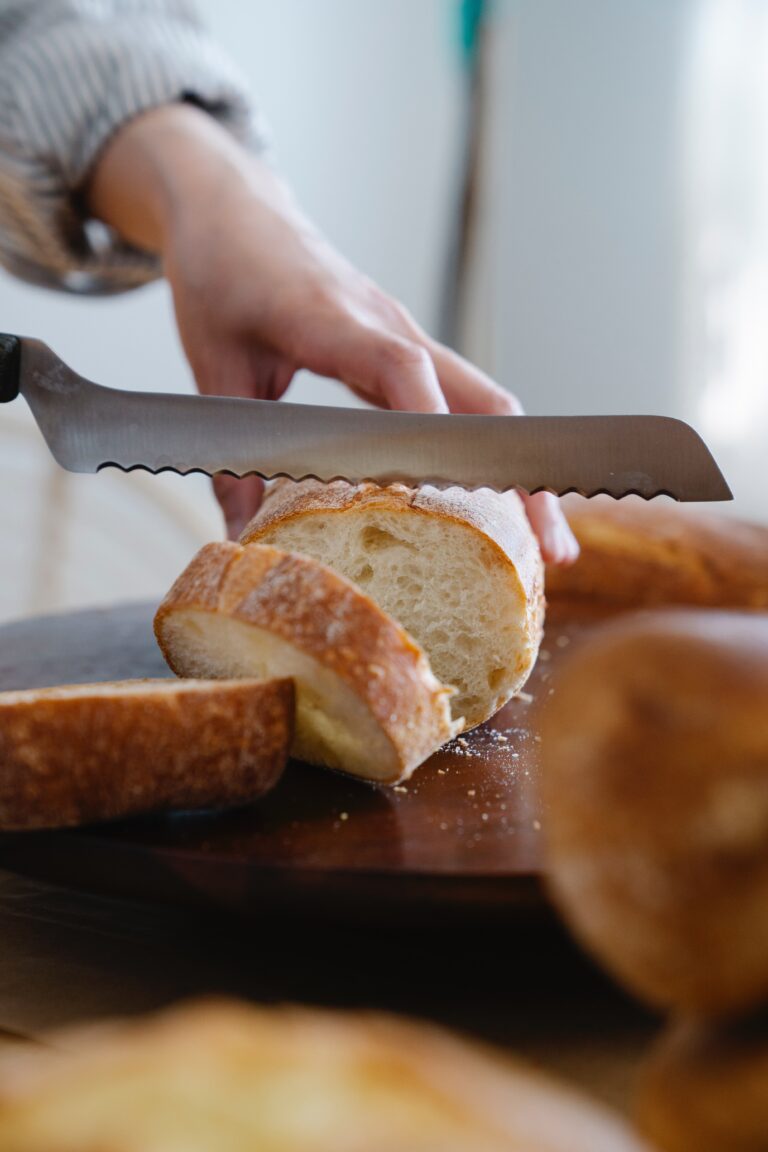
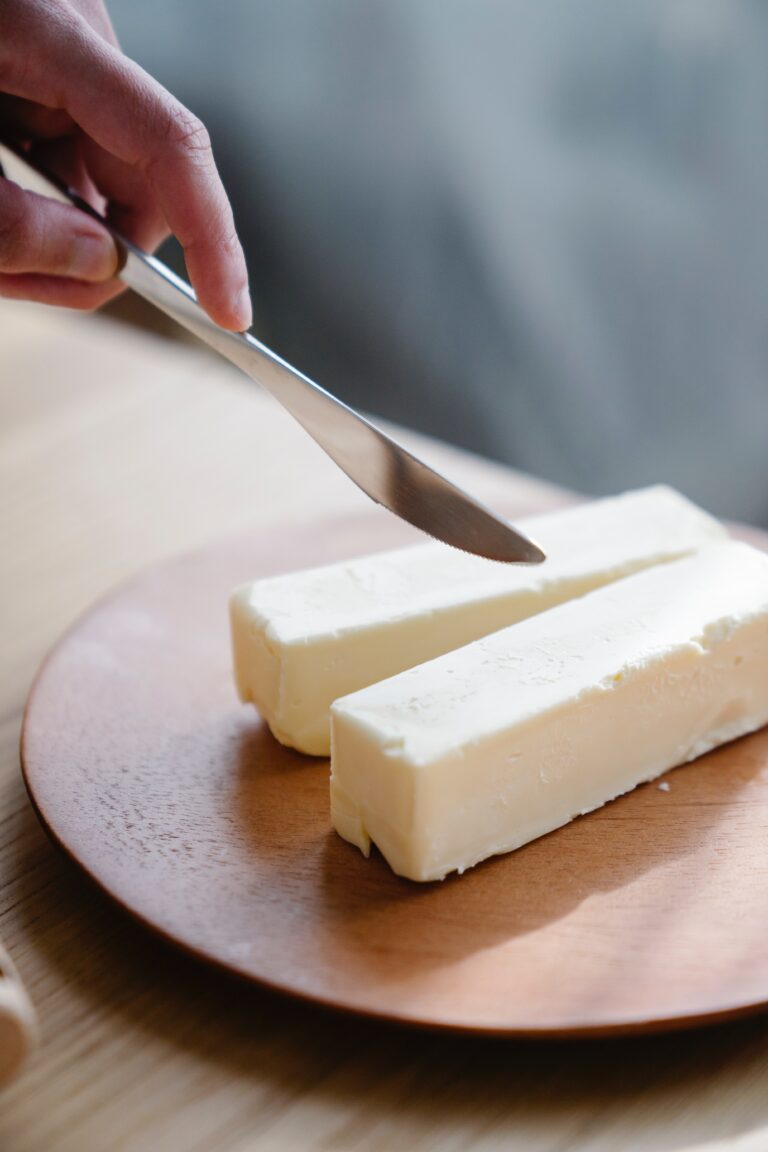
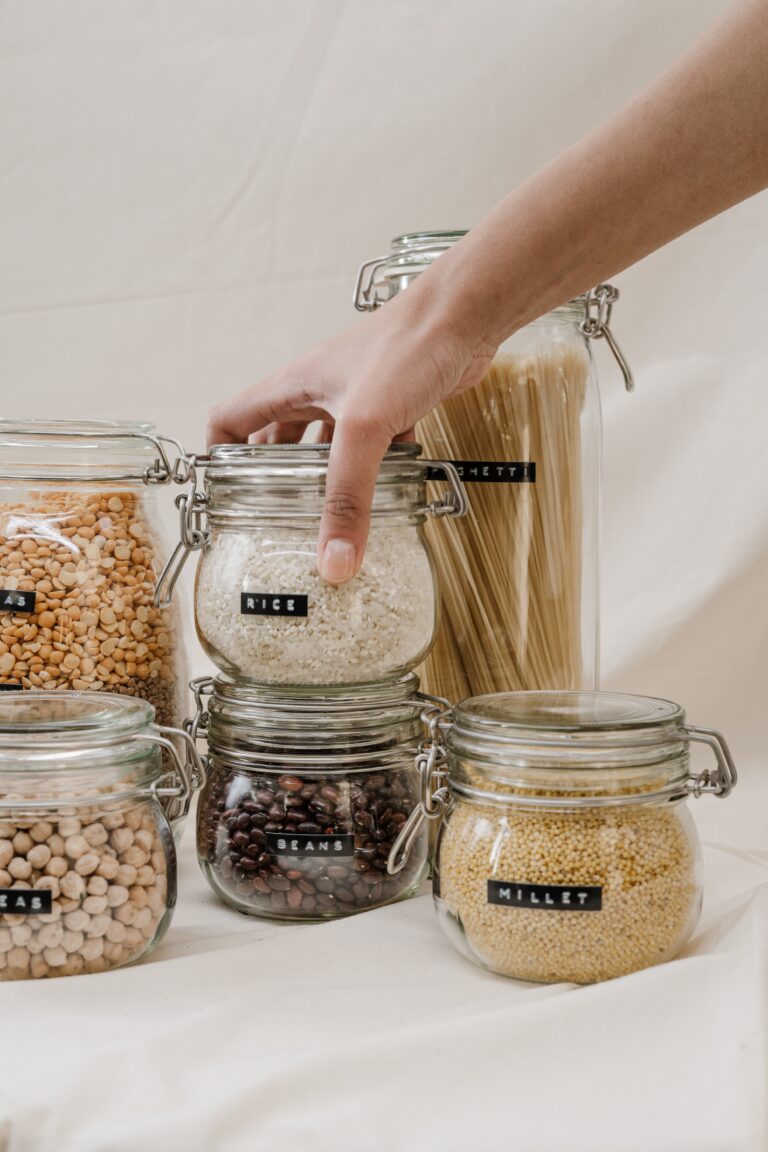
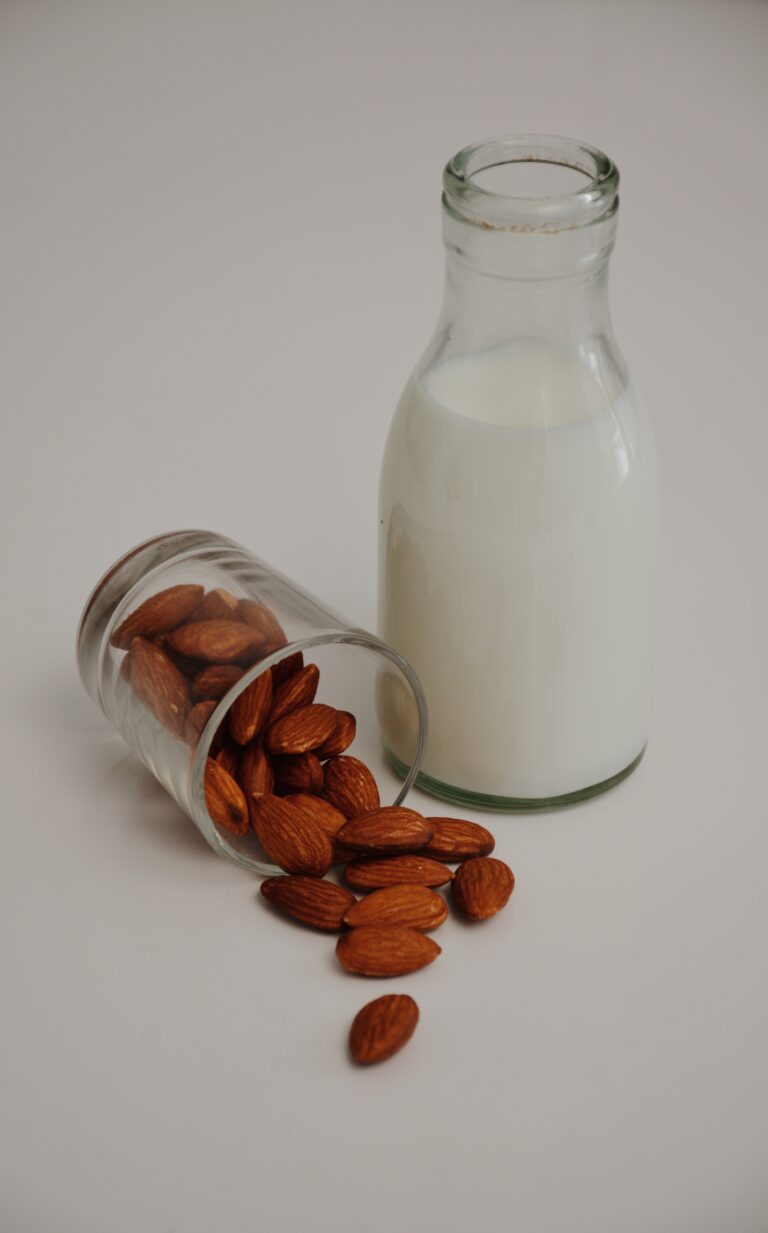


2 Comments